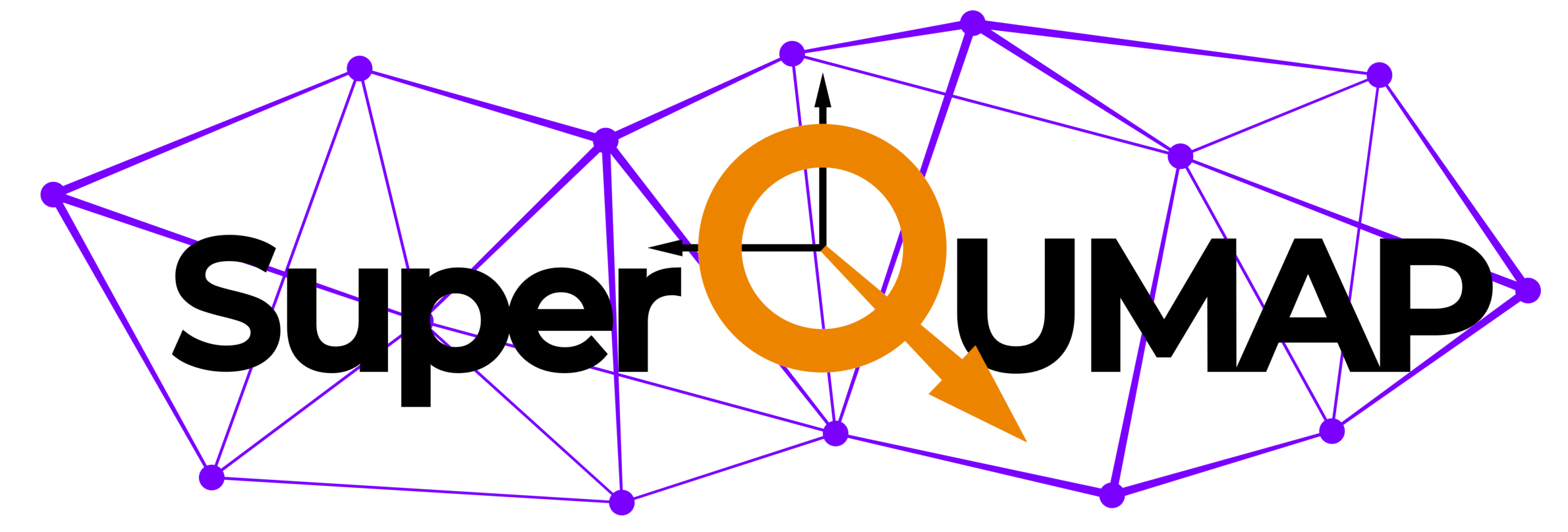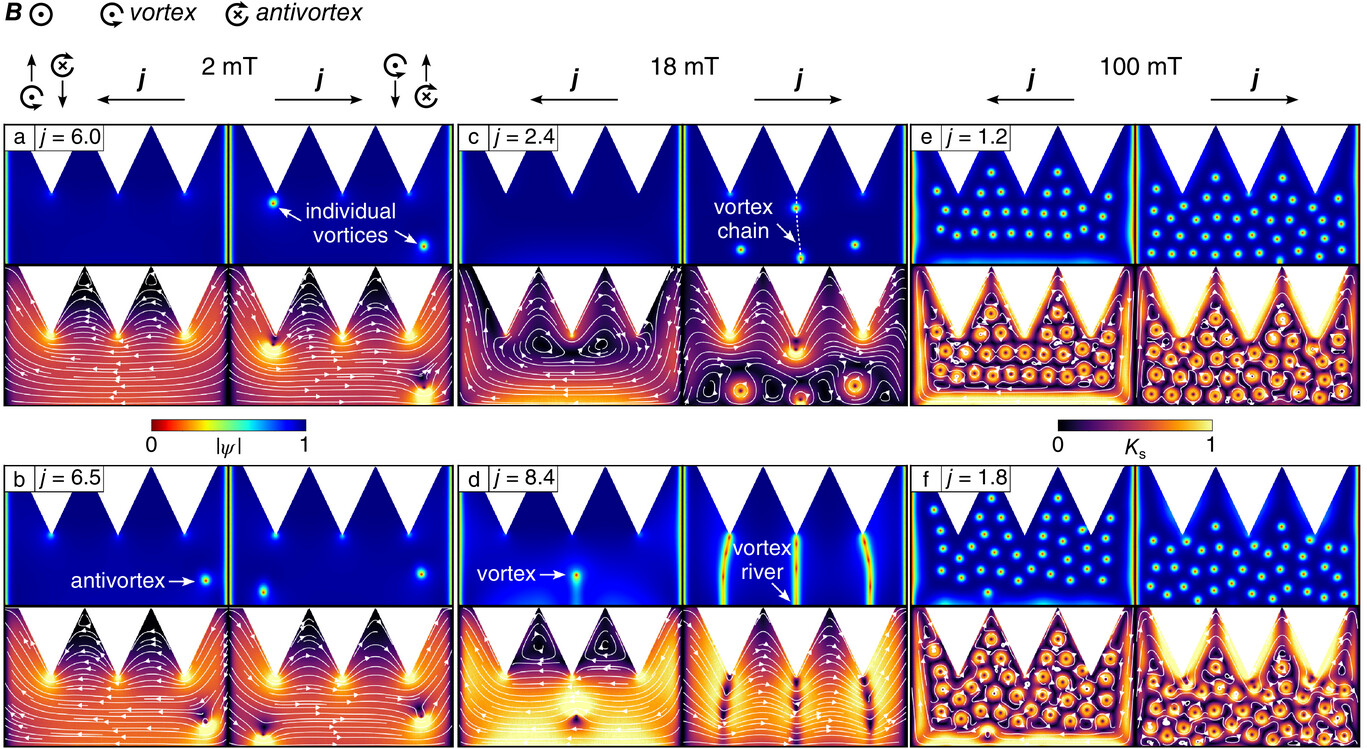Small Methods 2025, e01430
Authors: F. Porrati, A. O. Pokusinskyi, S. Barth, M. Huth, and O. V. Dobrovolskiy
Abstract: The motion of magnetic flux quanta in superconductors leads to dissipation, making its control crucial for fluxonic devices. Recently, interest has grown in the ratchet (diode) effect, which enables non-reciprocal, dissipationless currents and superconducting rectifiers, with potential applications in energy-efficient computing, memory, and switching systems. However, most approaches to superconducting ratchet systems involve patterning thin films across their entire area, and few studies have examined symmetry breaking from disparities in thin-film edge barriers. Here, non-reciprocal current flow and vortex dynamics are demonstrated in a superconducting NbC strip with periodic edge indentations, which induce current crowding and edge barrier suppression, facilitating vortex entry. Upon reversing the current polarity at a magnetic field of 16 mT, a maximum ratchet efficiency of ≈35% is observed based on critical current differences, and ≈60% based on maximal voltage differences preceding the flux-flow instability. Numerical simulations using the time-dependent Ginzburg–Landau equation support the findings and reveal the formation of “flux pockets”-regions where vortices become trapped between indentations—as well as diverse vortex configurations, including chains, jets, and rivers.




